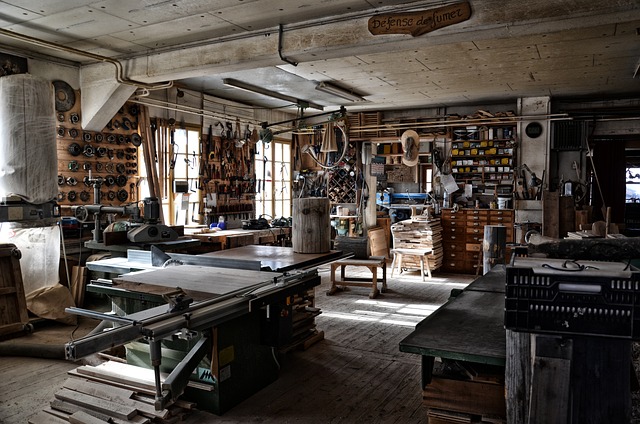Mastering Light: A Photo Workshop Guide for Dynamic Photography
Photography is an art that hinges on one fundamental aspect: light. The way light interacts with your subject can create mood, convey emotion, and tell a story. In this photo workshop guide, we will delve into the intricacies of lighting that can elevate your photography game. Whether you are a novice with a new camera or an experienced shooter looking to sharpen your skills, understanding light is the key to dynamic photography.
The Significance of Light in Photography
Every great photograph begins with light. It’s not just about capturing an image; it’s about capturing the essence of the moment. Light can transform a flat scene into something dynamic and three-dimensional. By mastering light, you will learn how to influence the tone and depth of your photography and capture breathtaking visuals.
Types of Light
Light can be categorized into several types, each offering unique characteristics and opportunities for creative expression:
- Natural Light: This is the light from the sun, which changes throughout the day. Soft early morning light, harsh midday sun, and golden hour glow each bring different moods to your photographs.
- Artificial Light: This includes any man-made sources, such as studio lights or flash. Mastering artificial light is essential for indoor photography or shooting in low-light conditions.
- Mixed Light: A combination of natural and artificial sources can create intriguing effects. Understanding how to balance these lights can enhance your images dramatically.
Understanding Your Camera Settings
Your camera is a powerful tool, but without proper settings, the magic of light can get lost. Familiarize yourself with the following:
- ISO: Adjusting your ISO setting changes your camera’s sensitivity to light. Higher ISO settings work well in low-light situations but can introduce noise.
- Aperture: The aperture controls the amount of light entering the lens. A wider aperture (lower f-stop number) allows more light and creates a shallow depth of field, good for portraits.
- Shutter Speed: This setting determines how long your camera’s sensor is exposed to light. Faster shutter speeds can freeze motion, while slower speeds can blur movement, adding a sense of dynamism to your images.
Using Optics to Your Advantage
The choice of lens can significantly affect how light interacts with your subject. Different lenses can manipulate perspective and depth:
- Wide-Angle Lenses: Great for landscapes or architecture, these lenses capture more of the scene and can create dramatic effects when used with light.
- Telephoto Lenses: Ideal for capturing distant subjects. They allow you to frame your shot tightly while creating stunning background bokeh, emphasizing the subject through light.
- Macro Lenses: Perfect for capturing the intricate details of a subject. The way light reflects off textures can produce jaw-dropping results in macro photography.
Practical Tips for Your Photo Workshop
Here are some practical tips to implement during your next photo workshop focusing on light:
- Experiment with different times of day to see how natural light changes your scene.
- Practice using a reflector to bounce light onto your subject for improved color and detail.
- Try various light modifiers, such as diffusers or softboxes, to control harsh artificial light.
- Take the time to analyze shadows; they can add depth and interest to your photographs.
Embracing the power of light in your photography can unleash your creativity like never before. As you engage in your photo workshop, remember that patience and practice are essential. Pay attention to how light can shape your images, and let it guide your artistic expression. Get ready to capture the world in a whole new light!




